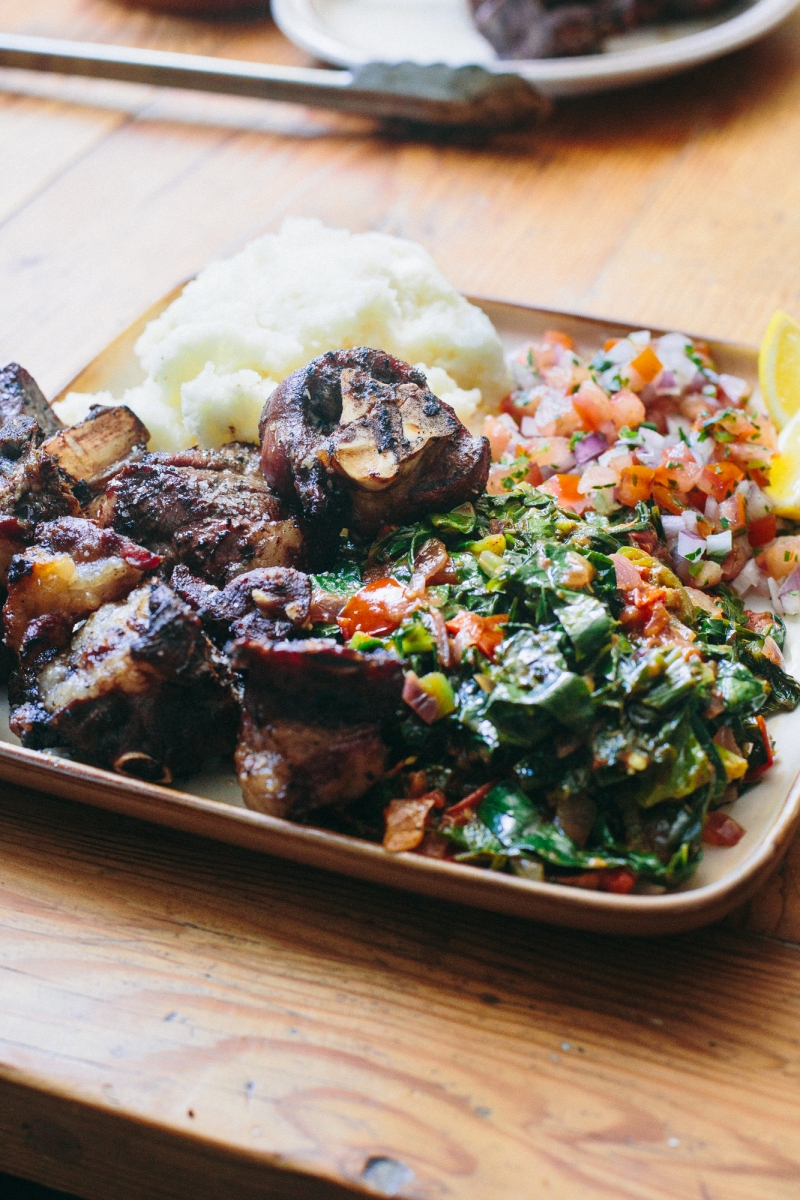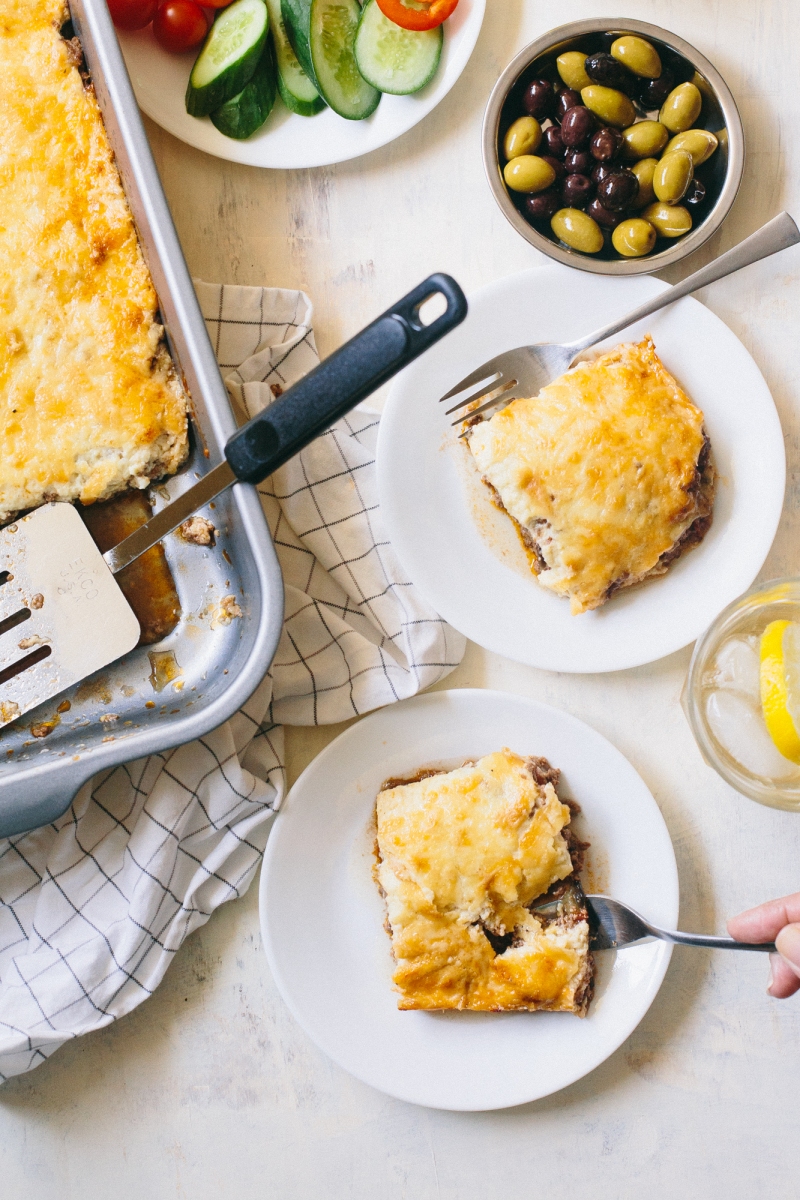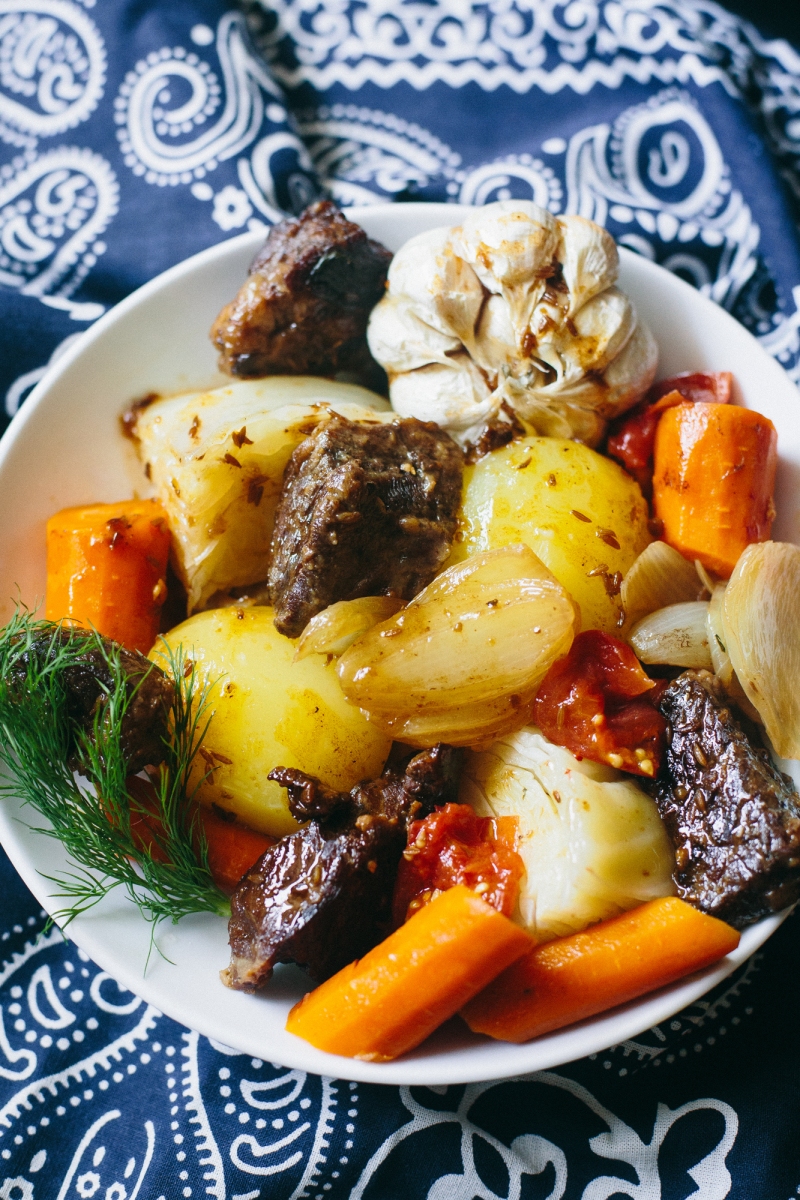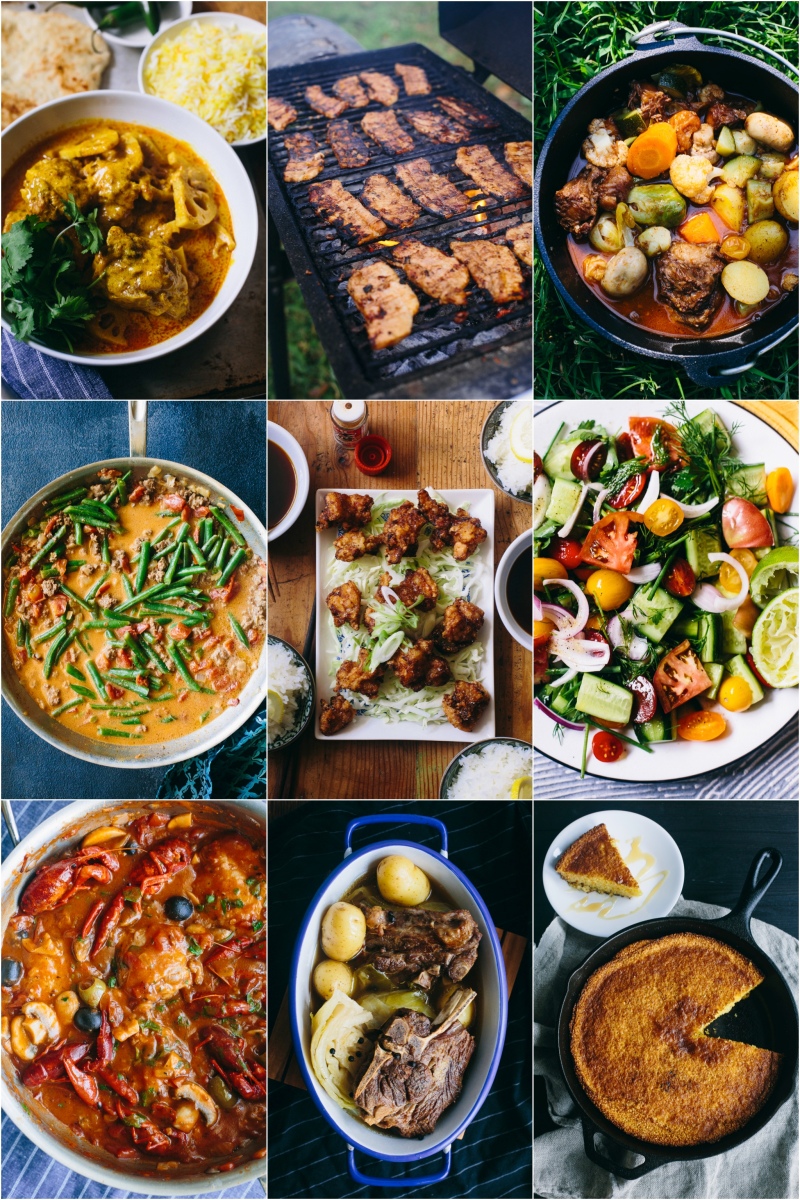
Here it is: my first recipe published on the blog that features dried beans. Well, technically, I posted a recipe in 2013 for Cow Heel Soup which featured split peas, but I made them optional. If you’re wondering why I incorporated beans into the recipes for my latest book, be sure to check out this post from last week – but long story short, the recipes in The Heritage Cookbook are historically accurate for a reason. The book investigates the link between traditional foods and health, with the underlying idea that we may have specific adaptations to the foods our recent ancestors relied on as staples. So to omit historical ingredients, prepared in traditional ways, undercuts the entire premise of the book. And just maybe, if eaten in a traditional context, some of these foods might not be so bad from time to time.
So yep, beans. We’re going to use fava beans or lima beans, which are nice and meaty. And like with all of the recipes in the book that feature beans, we’re going to soak them overnight, which increases their digestibility and makes them far easier to cook (plus, this is the way they have been traditionally prepared for thousands of years). One interesting note: while they have a similar appearance and taste, they are from two different corners of the world. Fava beans are part of the pea family, from the eastern Mediterranean, and have been cultivated for 8,000 years; lima beans, on the other hand, are a New World bean, discovered in Peru about 4,000 years ago. There’s an easy way to remember the origins of beans: peas, chickpeas, and fava beans are Old World, and everything else is from the Americas. Pretty cool, huh?
Oxtail stews are found all over the world, and were recorded as far back as the Roman times (but definitely eaten before then – it’s just that nobody was writing about them). This dish in particular is modeled after the Caribbean (specifically, Jamaican) version of this dish, developed at a time when slaves had to make do with lesser cuts of meat, like oxtails. This oxtail stew uses a healthy dose of allspice (native to the Americas) for its base flavor, and the meat is coated in a bit of sugar before being browned. This technique caramelizes the stew nicely, and is likely a remnant of sugarcane plantation cookery.
Read Full Article











